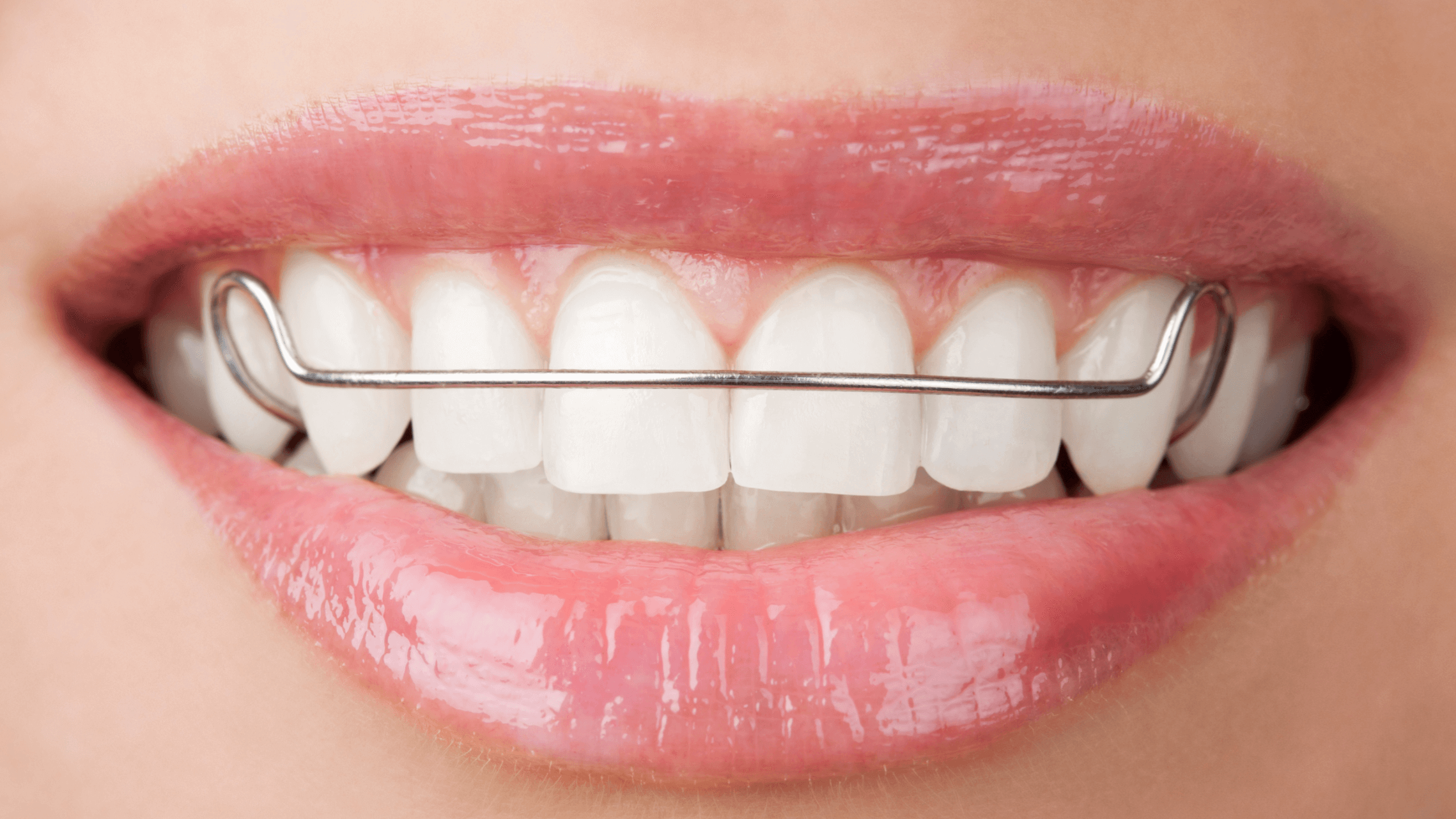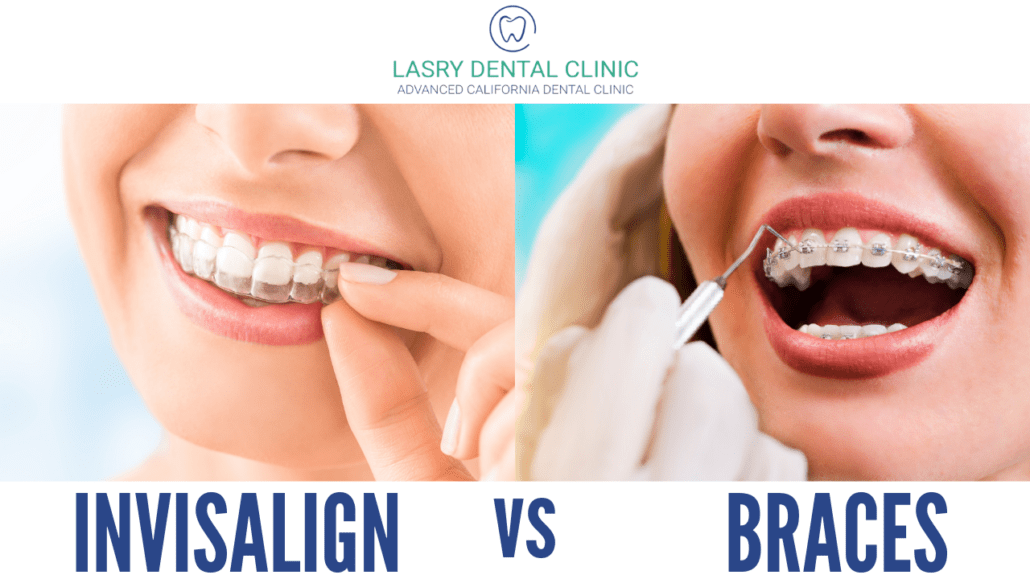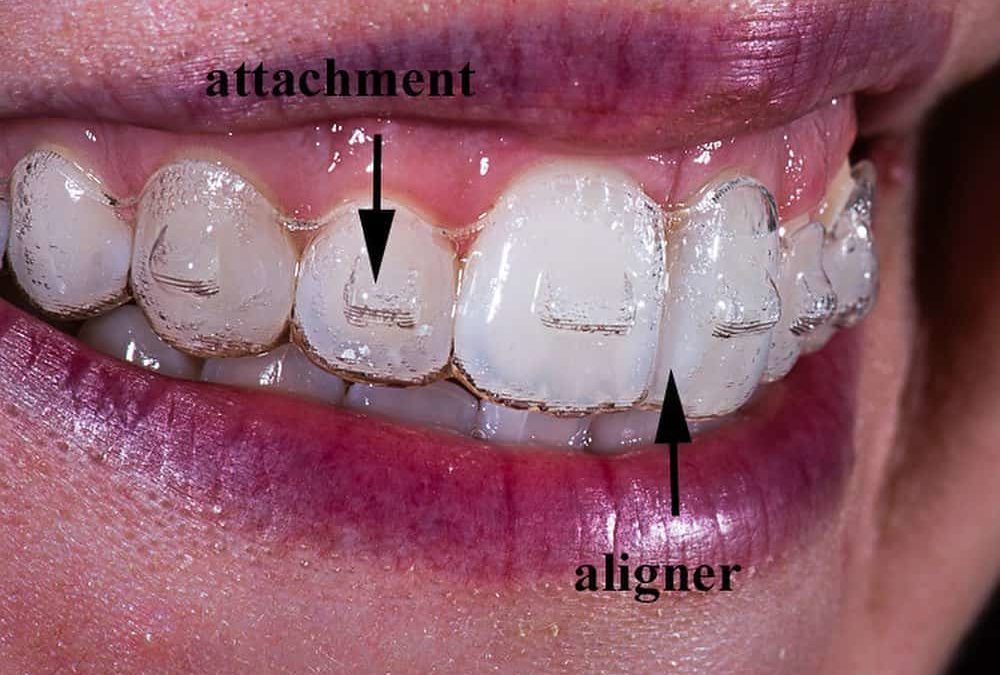Invisalign vs. Conventional Dental braces: Which Choice Is Right for You?
When considering orthodontic treatment, the option in between Invisalign and standard dental braces presents several important elements that merit mindful evaluation. Invisalign provides a very discreet alternative with removable aligners, while conventional braces supply a much more visible yet efficient service for serious imbalance.
Summary of Therapy Choices
&srotate=0)
On the other hand, typical braces are composed of steel brackets and wires that are bound to the teeth. This approach applies constant stress over time to accomplish positioning. While reliable for complex orthodontic issues, standard dental braces call for regular brows through for adjustments and can position difficulties in keeping dental health due to the difficulty of cleaning up about wires and brackets.
Both choices have their merits, and the choice commonly rests on specific dental conditions, way of life choices, and client conformity. Inevitably, seeking advice from an orthodontic professional is important for identifying one of the most appropriate therapy plan customized to individual requirements. Understanding the nuances of each alternative can considerably affect the total success of orthodontic therapy.
Visual Considerations
A substantial aspect influencing the option between Invisalign and traditional braces is the visual allure each therapy uses. Invisalign aligners are crafted from clear plastic, making them essentially undetectable when used. This discreet appearance is particularly interesting teens and adults who may feel uncomfortable regarding their orthodontic treatment. The capability to preserve an all-natural smile throughout the placement process can substantially boost the patient's confidence in expert and social setups.
In comparison, conventional braces contain metal braces and wires, which can be extra visible. While advancements in orthodontic modern technology have caused the development of smaller sized brackets and colored elastics, typical braces still keep a more noticeable account. For some individuals, the presence of braces might deter them from looking for necessary treatment.
Inevitably, the option in between Invisalign and conventional braces might pivot on personal choices relating to looks. Clients that focus on discretion commonly lean toward Invisalign, while those who are much less concerned regarding presence may choose typical braces. Comprehending the visual ramifications of each alternative is crucial for making a notified choice that straightens with one's lifestyle and choices.
Comfort and Convenience

In regards to comfort, Invisalign aligners are removable, enabling people to appreciate their favored foods without restriction and maintain optimum dental hygiene. Cleaning and flossing are simplified, as the aligners can be taken out throughout these routines, whereas conventional dental braces need careful maneuvering around cords and brackets.
In contrast, typical braces require regular changes, making them less practical for those with busy routines. Overall, the comfort and convenience of Invisalign their explanation make it an attractive choice for lots of people seeking orthodontic therapy.
Therapy Duration and Performance
While both Invisalign and standard dental braces work in correcting oral misalignments, the period of treatment can differ considerably in between the two alternatives. Usually, Invisalign therapy can take anywhere from 12 to 18 months, depending on the complexity of the instance. The clear aligners function by slowly moving teeth right into their wanted placements, and normal follow-ups with an orthodontist help guarantee development stays on course.
In comparison, traditional braces frequently require a longer commitment, typically ranging from 18 months to three years. This is due to their fixed nature and making use of wires and brackets, which can be more effective for severe imbalances and intricate instances (Invisalign). The therapy performance of standard dental braces is well-documented, as they permit accurate modifications and higher control over tooth motion
Inevitably, the choice between Invisalign and traditional dental braces might rest on both the anticipated treatment duration and the specific oral problems available. Consulting with an orthodontist is important, as they can supply tailored referrals based upon private needs, guaranteeing the chosen approach lines a knockout post up with desired timeframes and end results.
Expense Comparison and Insurance Alternatives
Expense plays a significant duty in the decision-making procedure for individuals taking into consideration orthodontic therapy, whether opting for Invisalign or typical dental braces. Generally, the price of Invisalign varieties from $3,000 to $8,000, while traditional dental braces usually cost in between $2,000 and $6,000. Factors affecting these expenses include the intricacy of the situation, the period of treatment, and geographical area.
Insurance insurance coverage can considerably influence out-of-pocket costs. Many oral insurance strategies provide partial protection for orthodontic therapies, however the specifics can differ extensively. It is essential for people to evaluate their insurance policies to establish the degree of insurance coverage for either option. Generally, standard braces might be more often covered by insurance strategies contrasted to Invisalign, which some insurance firms categorize as a cosmetic treatment.
Furthermore, a number of orthodontic techniques supply flexible payment plans, making both treatment options much more easily accessible. Individuals need to inquire about prospective funding alternatives and price cuts for upfront payments. Assessing the total cost, including insurance coverage benefits and layaway plan, is important for making a notified decision that aligns with both aesthetic preferences and spending plan factors to consider.

Conclusion
In summary, the selection in between Invisalign and typical dental braces depends upon several elements, including aesthetic choices, convenience, treatment duration, and price. Invisalign supplies a very discreet, removable option that facilitates dental health and dietary flexibility, while traditional dental braces may be preferable for intricate oral problems and frequently come at a reduced cost point. Inevitably, examination with an you can try these out orthodontist is vital to evaluate specific scenarios and identify the most ideal treatment option for accomplishing optimal oral positioning.
When considering orthodontic therapy, the choice in between Invisalign and conventional dental braces provides several crucial elements that warrant careful analysis.Comparing Invisalign and typical braces discloses unique therapy choices for orthodontic correction.While both Invisalign and standard braces are efficient in dealing with dental imbalances, the duration of treatment can differ considerably in between the two alternatives.Cost plays a considerable role in the decision-making process for people considering orthodontic therapy, whether deciding for Invisalign or conventional dental braces.In recap, the choice in between Invisalign and traditional dental braces pivots on several variables, including aesthetic preferences, comfort, therapy period, and price.